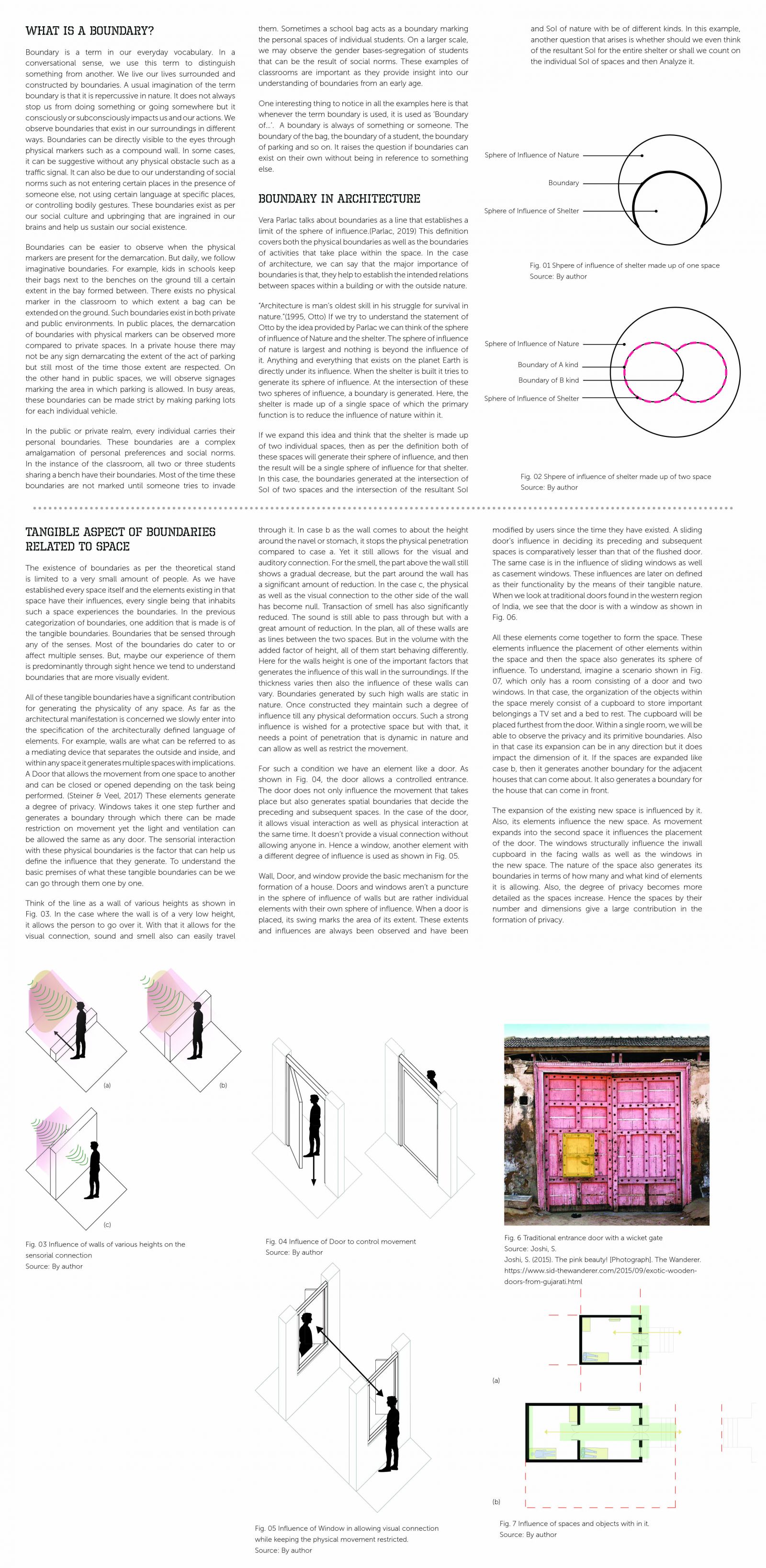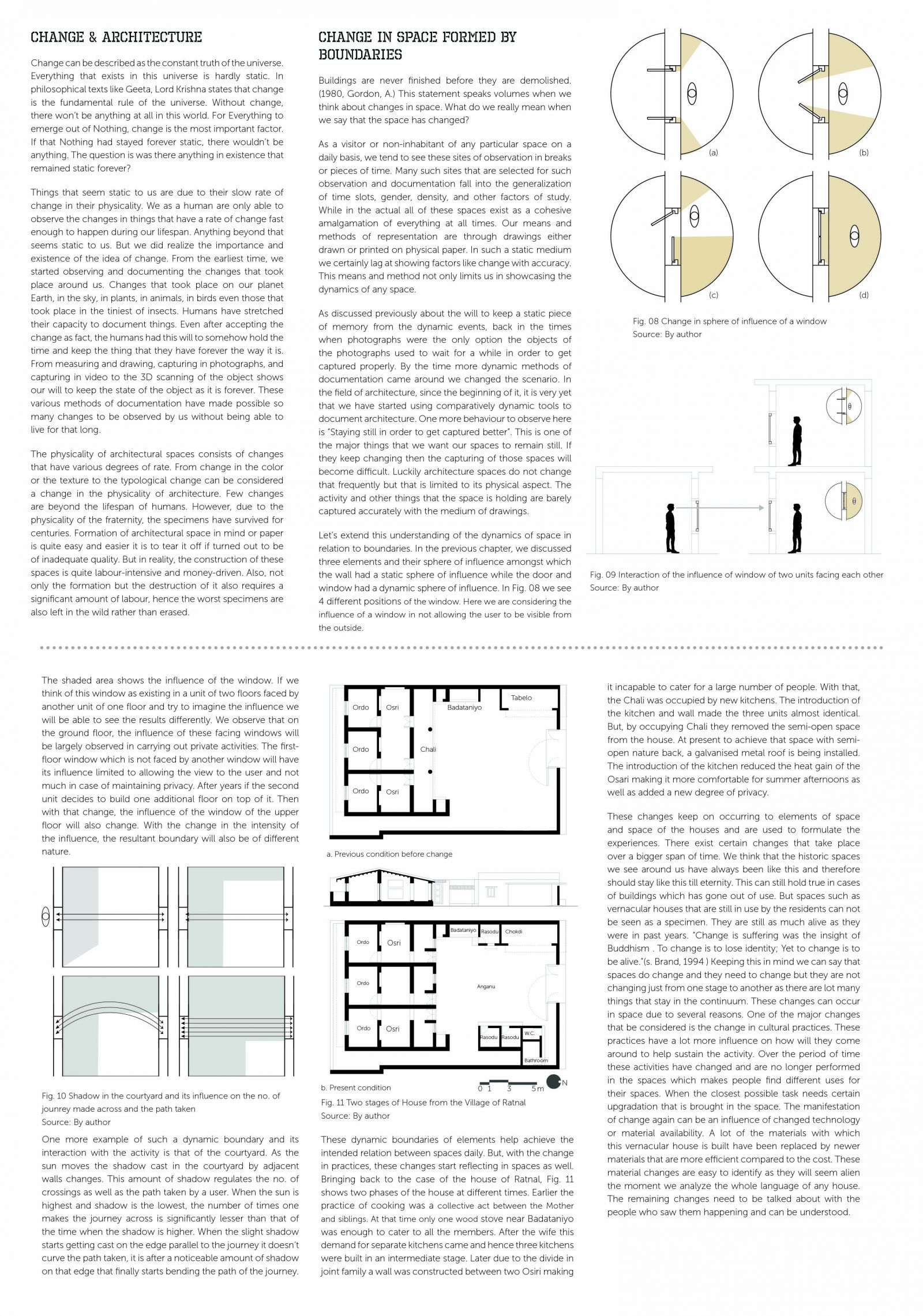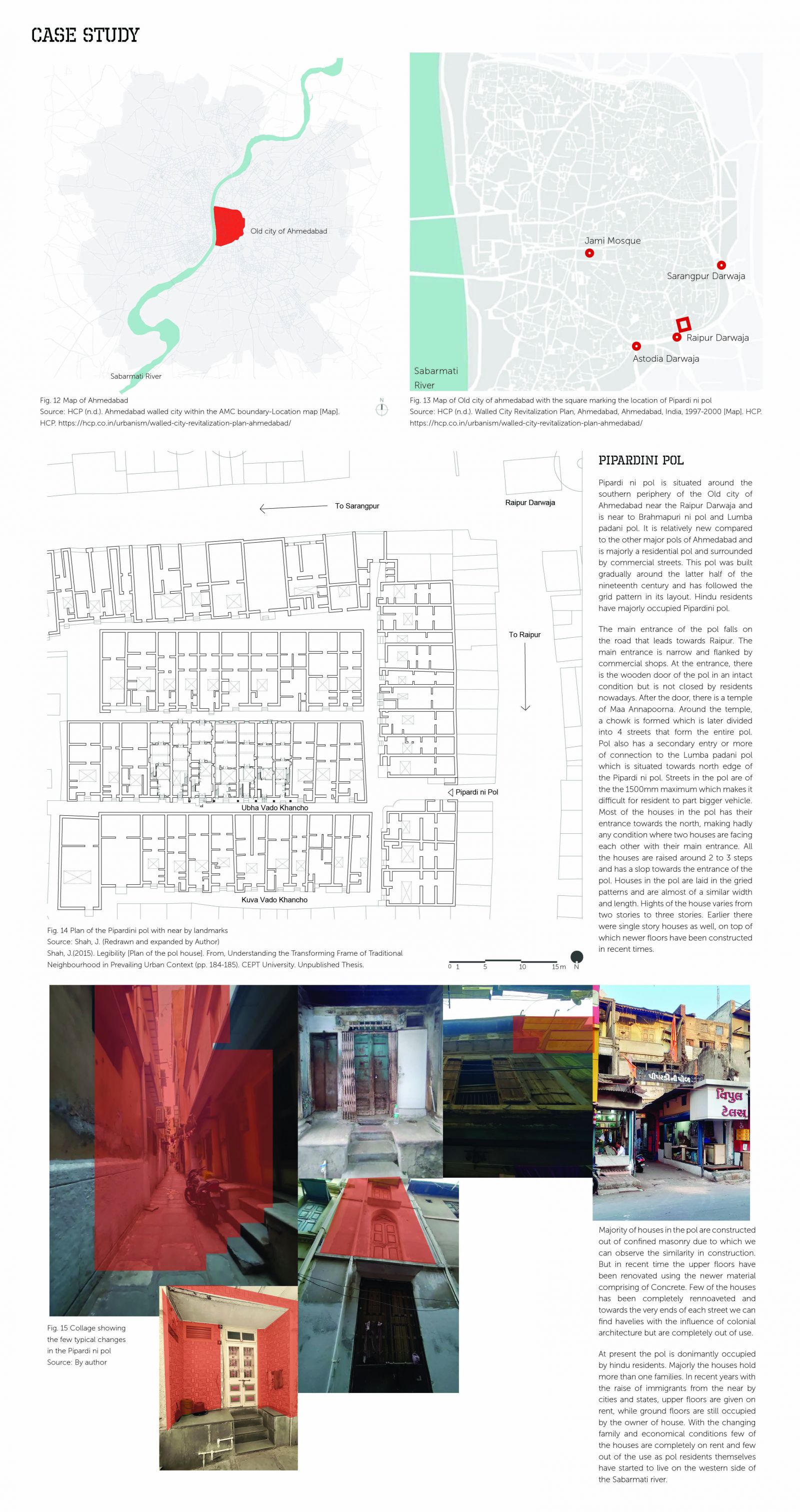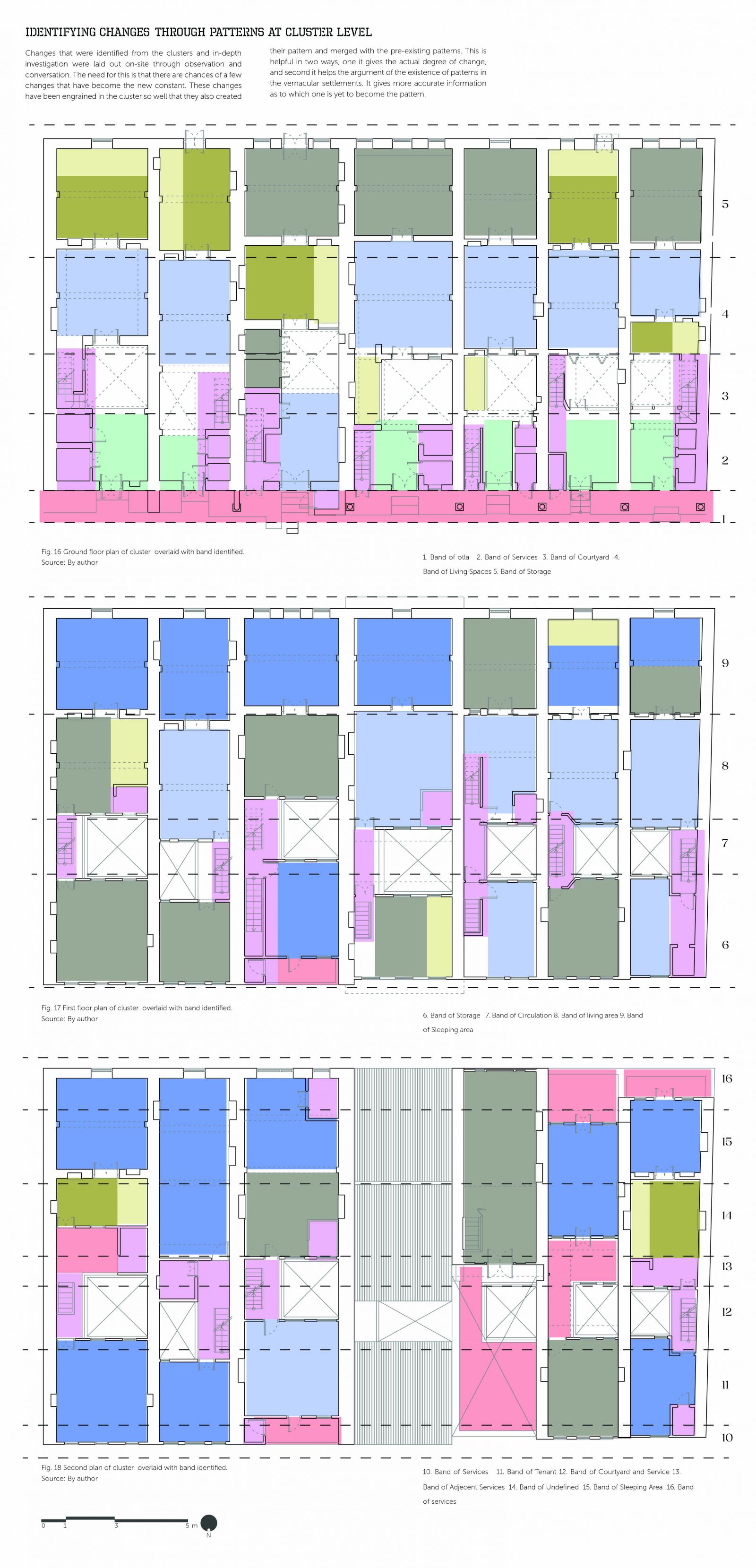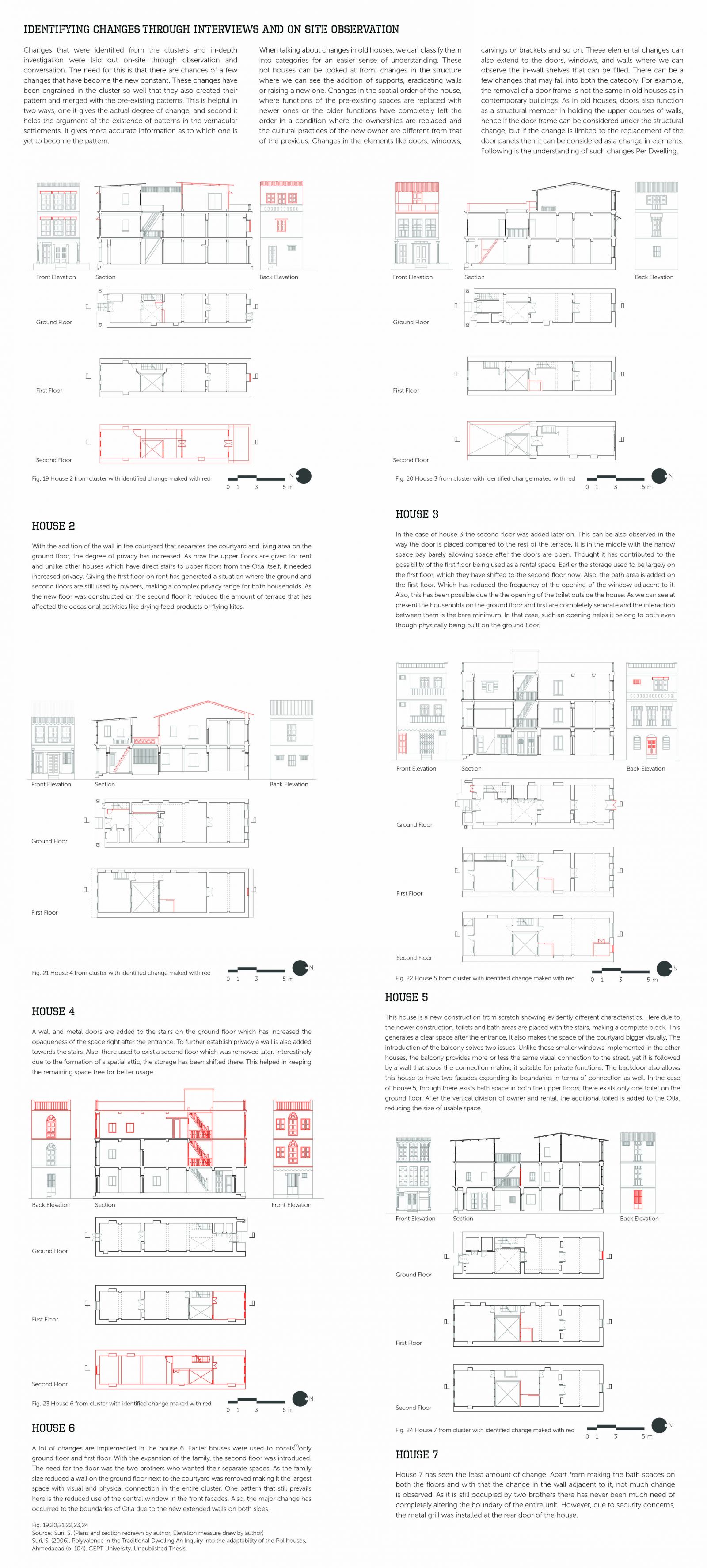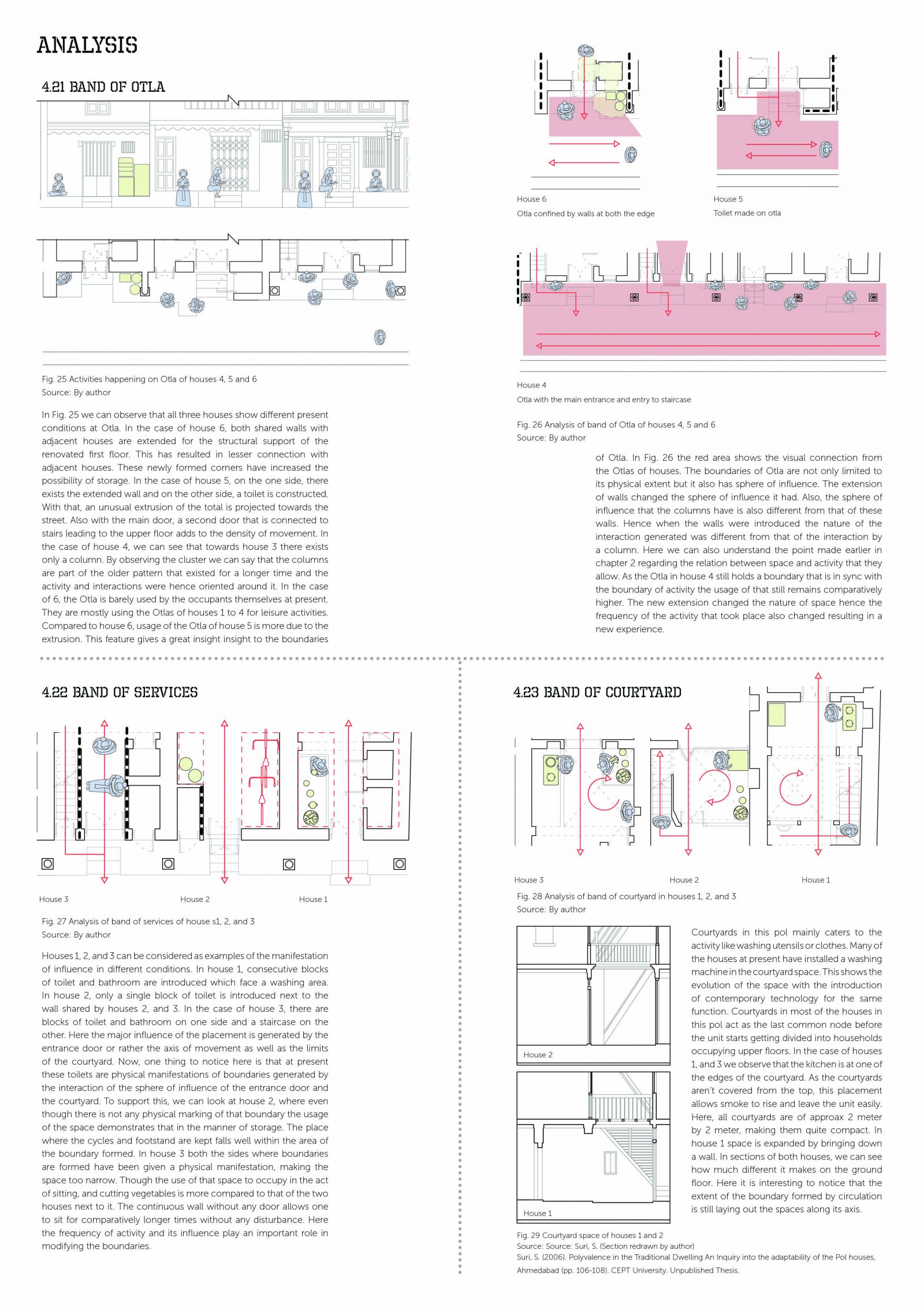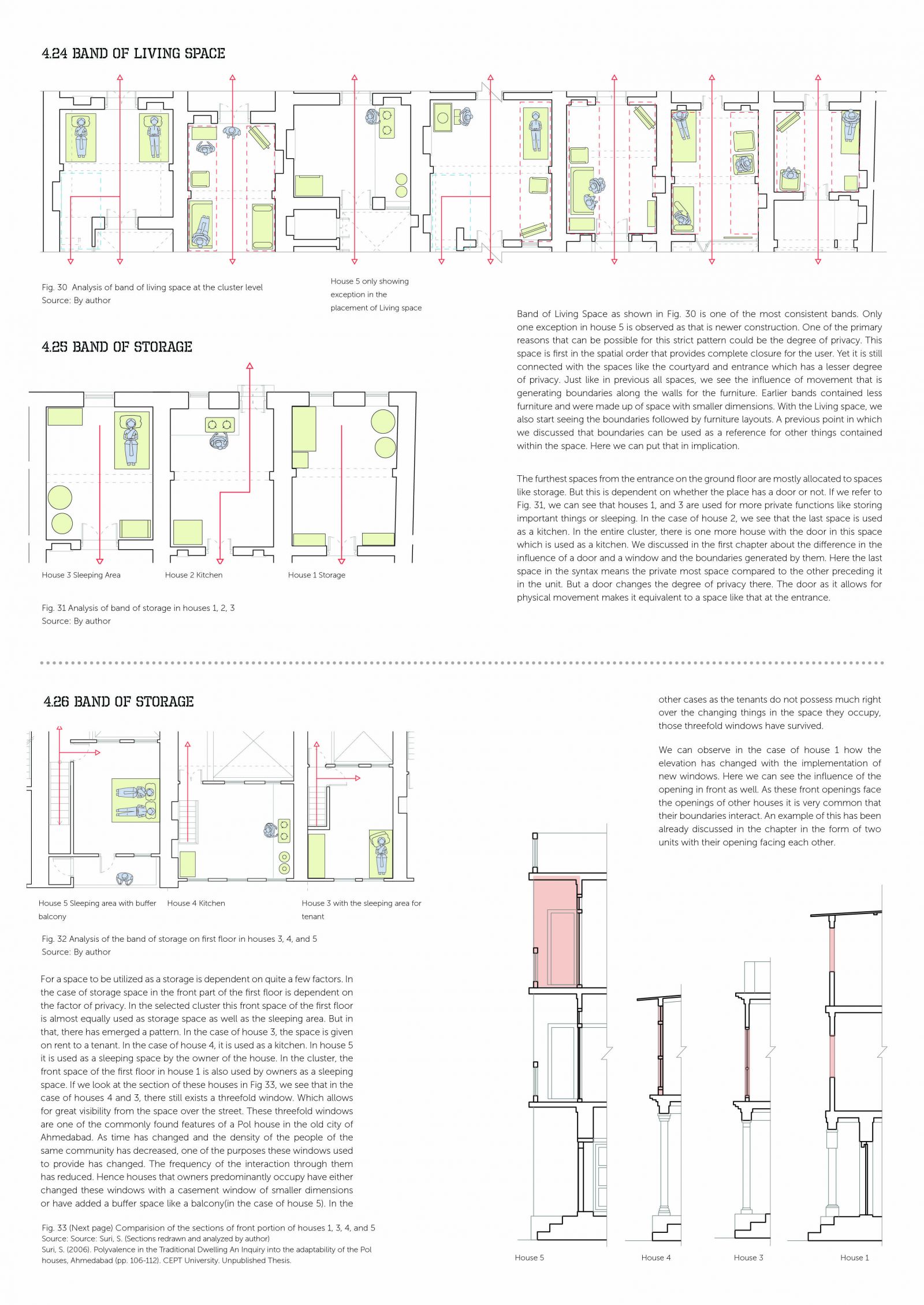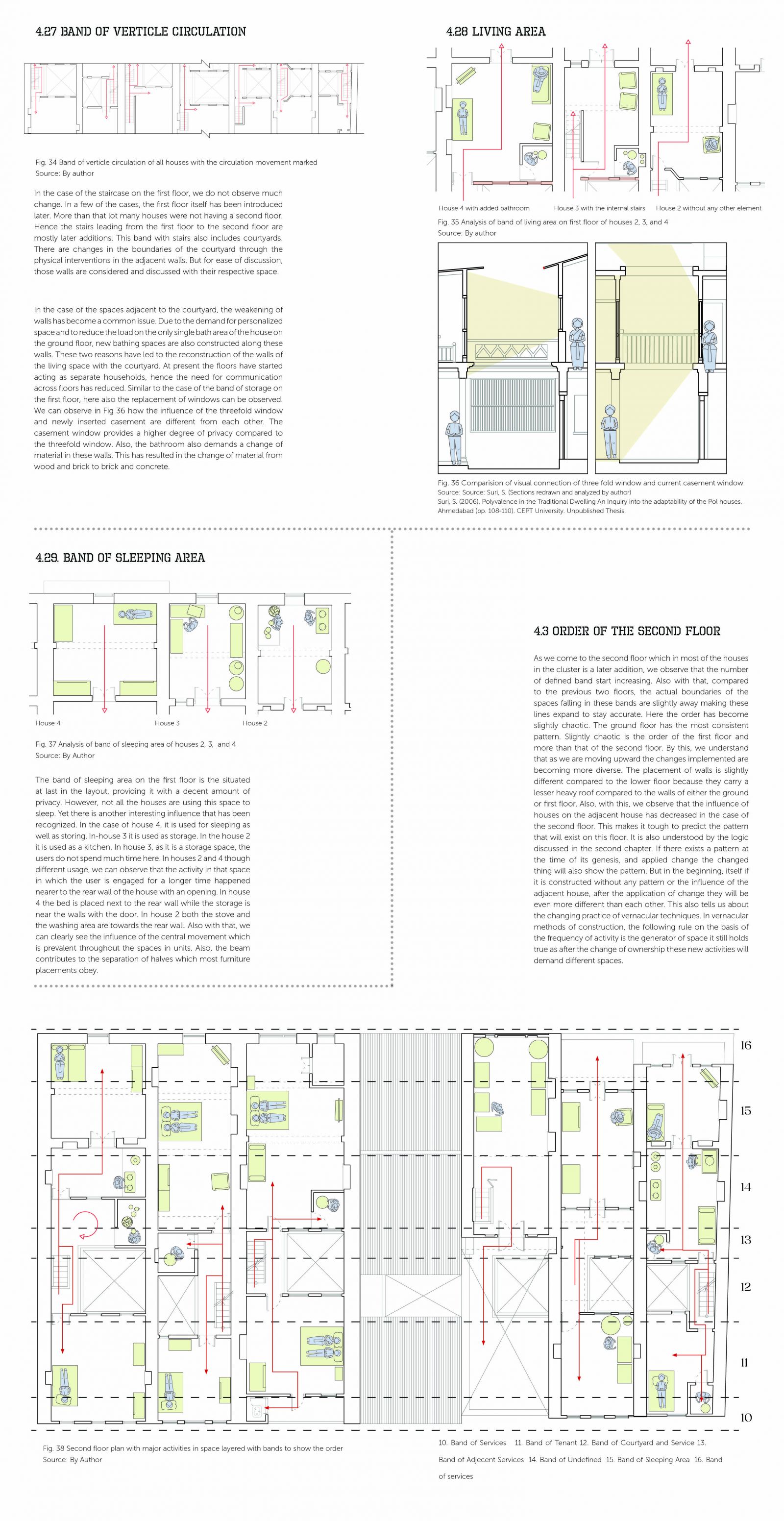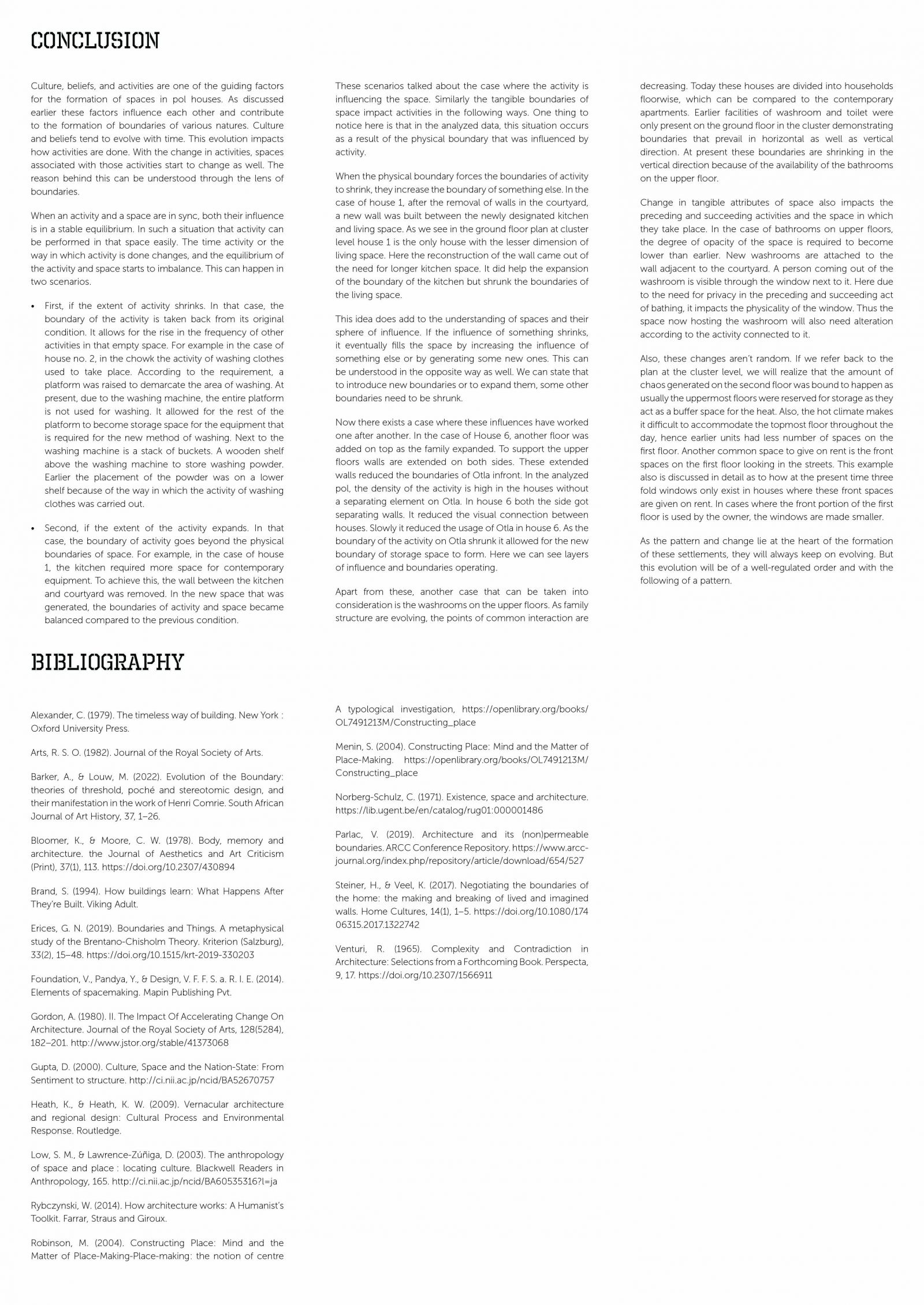Your browser is out-of-date!
For a richer surfing experience on our website, please update your browser. Update my browser now!
For a richer surfing experience on our website, please update your browser. Update my browser now!
The spaces we inhabit or work in impact how we perform tasks within them. Also, people design spaces specifically for the activities that happen frequently. It seems that the impact of the space over an activity and the impact of activity over a space is perpetual. Both of these entities influence each other and evolve as the needs and means of the activity change. Our preference for performing certain activities in a particular space is not only limited to the space itself. There are influences of its surroundings as well. What spaces are adjacent to it? What activities will need to be performed prior to and after the activity? What are the spaces in which those preceding and succeeding activities need to be performed? So many factors that affect the decision to perform a task in a particular space. With that, the extent to which an activity can be performed is impacted by boundaries. Humans have experimented with boundaries so much that they are one of the key components that can help us understand the formation of certain spaces and the behavioural patterns of humans within that space. In this research, we try to understand the subject of boundaries in the case of vernacular architecture. Vernacular architecture, as most of the literature suggests, is a result of socio-cultural practices and the understanding of building practices. This leads to these pieces of architecture as evolving and a complex mixture of boundaries. As we try to understand a matter of such complexity, it is hard to deal with everything at once. In addition to that, what can be defined as boundaries vary from culture to culture.

